Vibrations, chemicals and light-waves exist in the world; sounds, tastes, smells and colours only seem to. ‘Many sensations which are supposed to be qualities residing in external objects have no real existence save in us,’ said Galileo in the 17th century. ‘They reside only in the consciousness.’ But is consciousness itself, then, other than, and outside, physical things? We have known for millennia that it is in some way linked to the brain, yet, for all the advances of science, no scientific world view is able to accommodate it. How conscious states are generated by movements of brain tissue remains, in Thomas Huxley’s analogy, just as ‘unaccountable’ as that the genie should appear when Aladdin rubs his lamp.
Baffled, many contemporary philosophers and scientists end up bridging this ‘explanatory gap’ by denying that it exists in the first place. Either consciousness must somehow itself be physical, or else be merely an illusion.
Donald Hoffman, a cognitive science professor at the University of California, Irvine, reverses this strategy. He claims not to solve the problem of consciousness, but to remove an obstacle to its solution. In doing so, he rewrites reality. Decrying the futility of starting out from neurons, he starts at the other end, with what Descartes, Locke, Berkeley, Hume, etc — and also (Hoffman assures us) ‘most perceptual theorists’ — consider to be ‘the internal representations of the outside world’ that are ‘responsible for our perceptual experiences’. Like Bishop Berkeley in the 18th century, he ends up by insisting that nothing physical really exists. ‘To be is to be perceived,’ he happily quotes.
Hoffman’s breezy fluency draws the reader with him, and it is difficult to pick out solid consecutive arguments. He cites widely accepted experimental evidence that our visual field is far more limited than we imagine it to be, so limited that we must in fact be constructing much of what we think we perceive. But here Hoffman diverges from the near-universal consensus, which is that at least what we limitedly perceive must in some way correspond to real objects, otherwise we would not survive. Natural selection does not favour veridical perception, he says, as is revealed by ‘the fitness-beats-truth (fbt) theorem, which I conjectured and Chetan Prakash proved’. Computer simulations that were designed to model different possible worlds, each with inhabitants whose perceptions match their environment with varying degrees of accuracy, ‘show’ that ‘Fitness drives Truth to extinction with probability at least (N-3)/(N-1)’. Apparently, in layperson’s language, our perceptions no more resemble anything in reality than icons on a computer desktop resemble the operations they stand for.
‘Perception is not about truth, it’s about having kids,’ he says, and offers examples of how, even in that most survival-ensuring arena — sexual reproduction — perceiving can go wildly awry. The hammer orchid, by mimicking the scent, colour and curves of a female drakaea wasp, decoys male wasps to disseminate its pollen rather than their own genes. Australian beer bottles have had to be redesigned because they outdid the female jewel beetle in amplitude of shiny dimpled brownness and, thanks to the male’s mis-mating, jewel beetles were becoming extinct. Nor should we presume that our own species is immune from such blunders. Hoffman appeals to experiments that demonstrate men’s ineluctable attraction to wide-irised eyes, whatever the evolutionary penalty.
But why conclude that ‘no perception is veridical’, just because some aren’t? I kept feeling that I must have missed something, and at the very least could have done with data, however mystifying, about the maladjusted possible worlds. Hoffman triumphantly declares that ‘spacetime and objects are simply a coding system for messages about fitness’; that reality, ‘properly described, is a network of conscious agents’. Quarks and spoons are created ‘quickly, as needed, to solve fitness-gathering problems’, and, when not observed, go out of existence. Evolution ‘has shaped our senses to be a user interface, tailored to the needs of our species’. If these species are different forms of consciousness, though, what could differentiate them? If ‘our interface hides objective reality and guides adaptive behaviour in our niche’, why does it show rattlesnakes or oncoming trains? We should, is Hoffman’s preemptive answer, treat certain appearances ‘seriously’, if not ‘literally’, in much the same way as we do not lightly drag a file to the trashcan icon. But didn’t various consciousnesses assemble the train in a factory and doesn’t the cobra have a history too? Or maybe that doesn’t matter given that spacetime isn’t real.
‘Something is there in objective reality,’ says Hoffman, and ‘we humans experience its import in terms of DNA, RNA, chromosomes, organisms, or resources.’ Help! Where are we? Surely, in a weird sort of moebius strip: unlike Berkeley, Hoffman can’t invoke God to prop everything up. The Case Against Reality is fascinating, but it left me more frustrated than a male jewel beetle on an old-style Australian beer bottle.
Got something to add? Join the discussion and comment below.
Get 10 issues for just $10
Subscribe to The Spectator Australia today for the next 10 magazine issues, plus full online access, for just $10.
You might disagree with half of it, but you’ll enjoy reading all of it. Try your first month for free, then just $2 a week for the remainder of your first year.

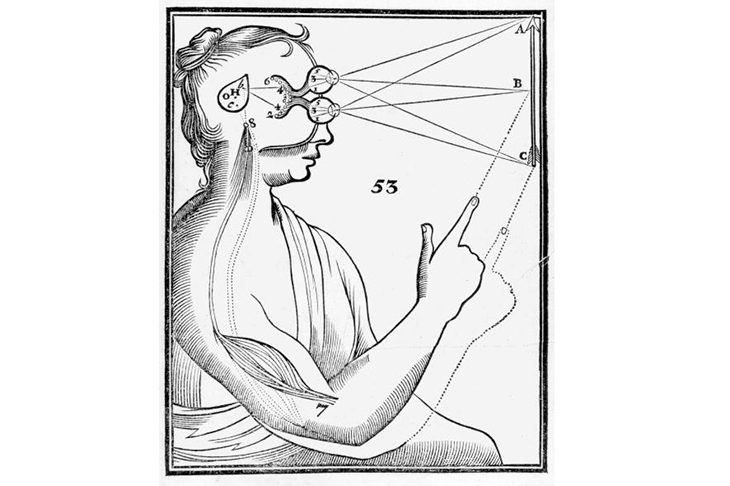
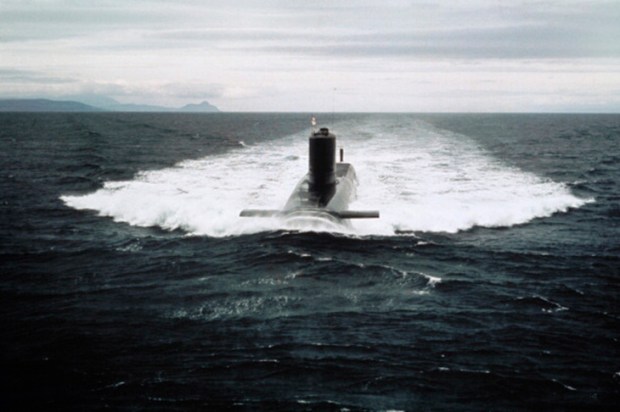

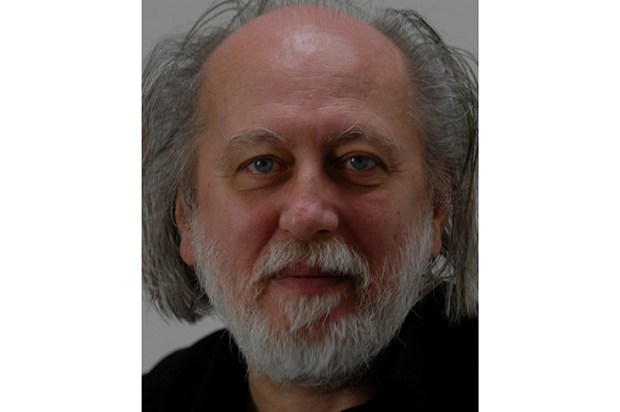
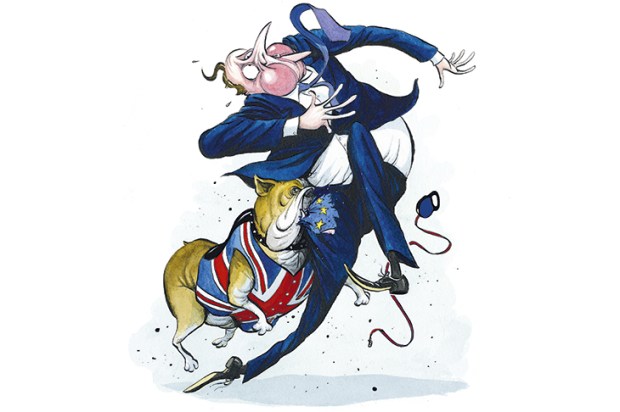
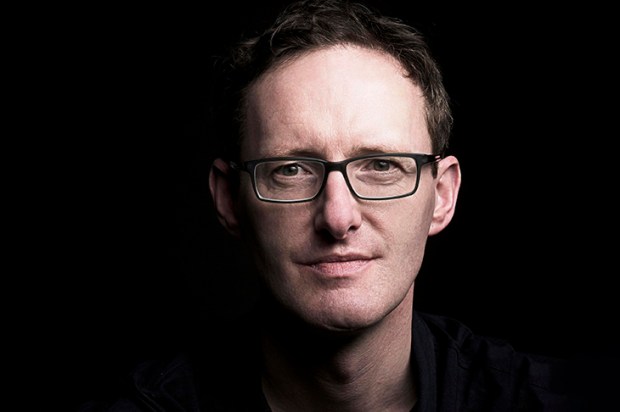







Comments
Don't miss out
Join the conversation with other Spectator Australia readers. Subscribe to leave a comment.
SUBSCRIBEAlready a subscriber? Log in